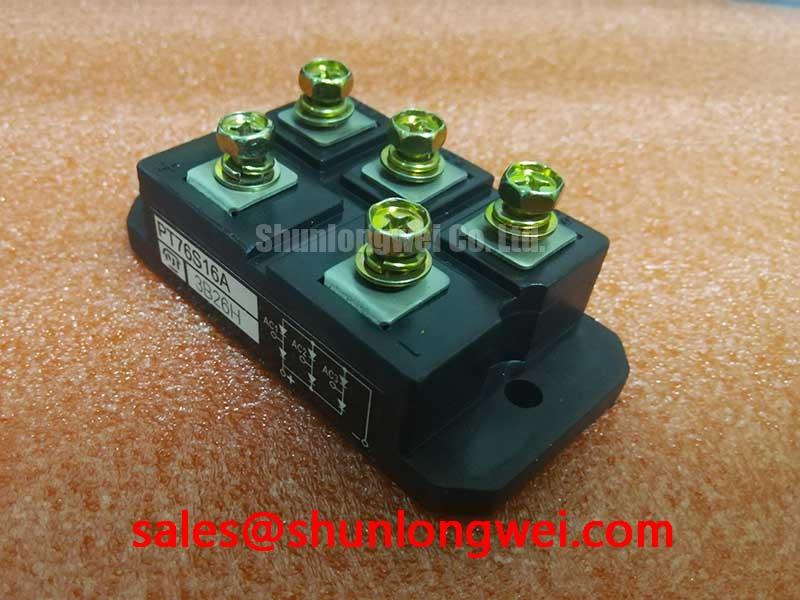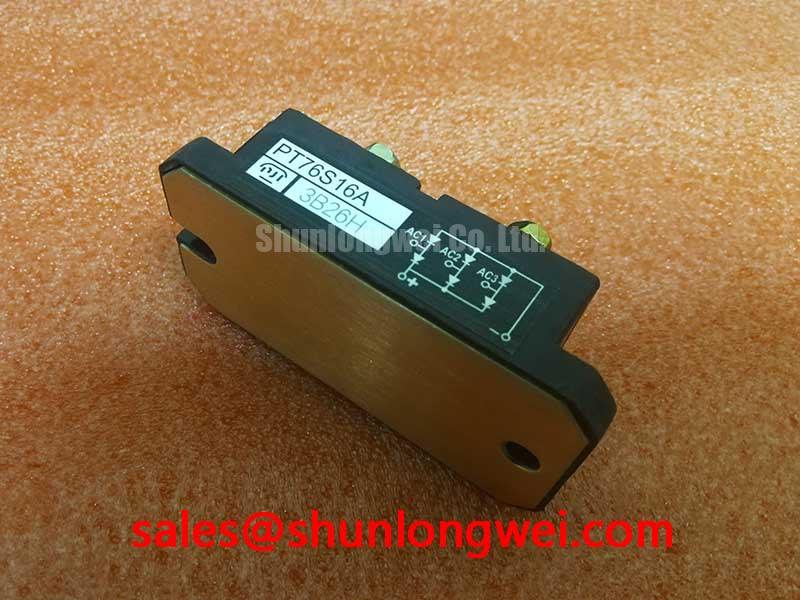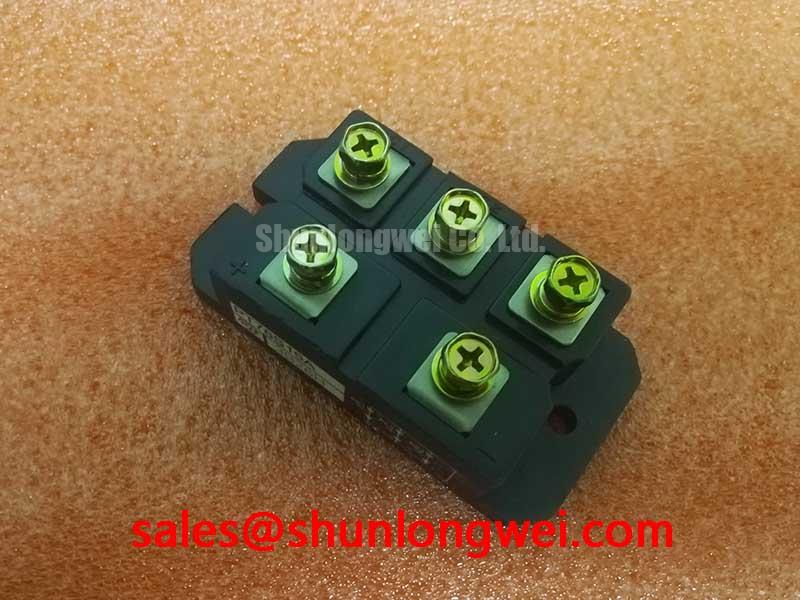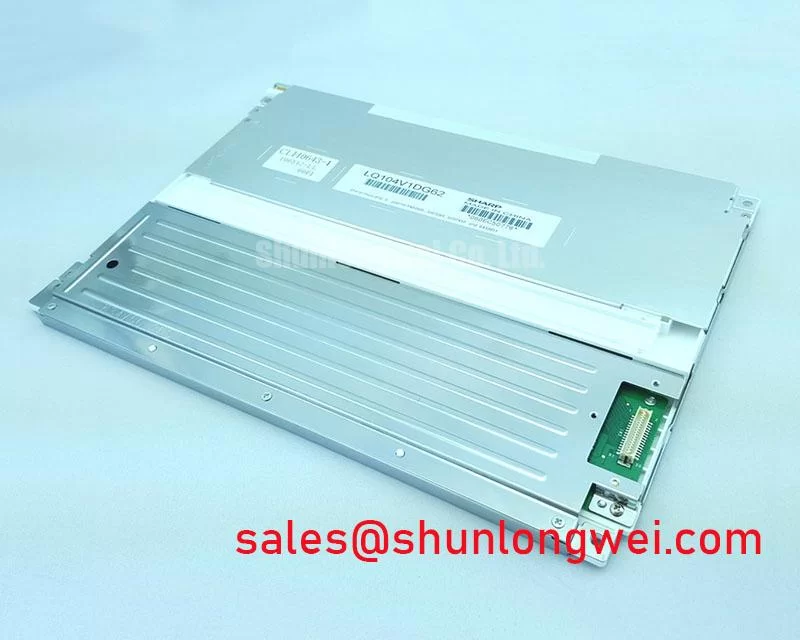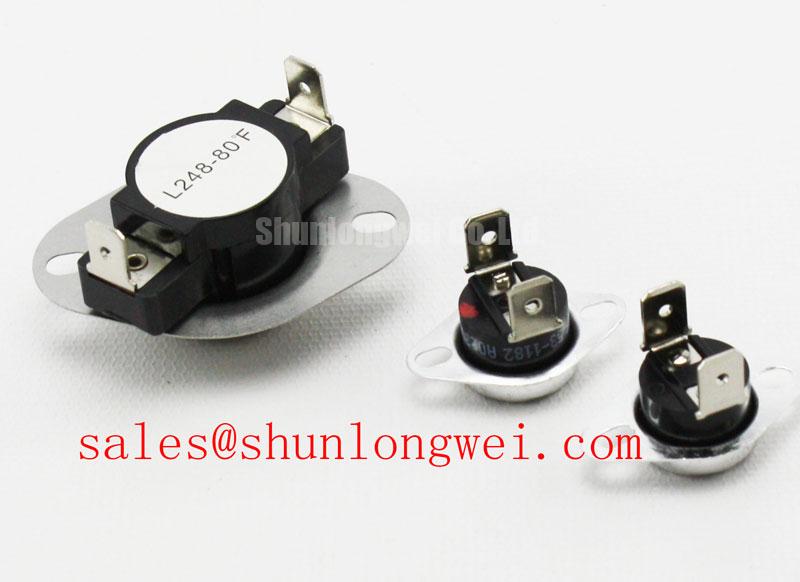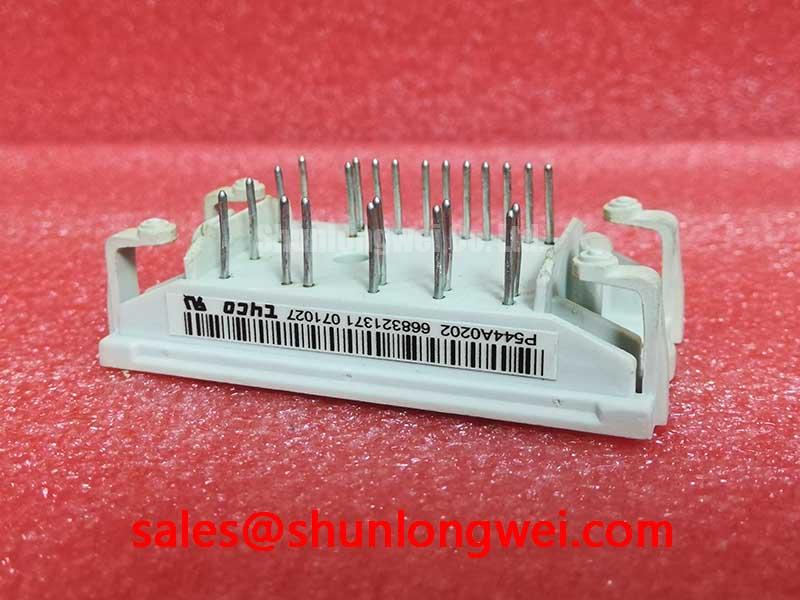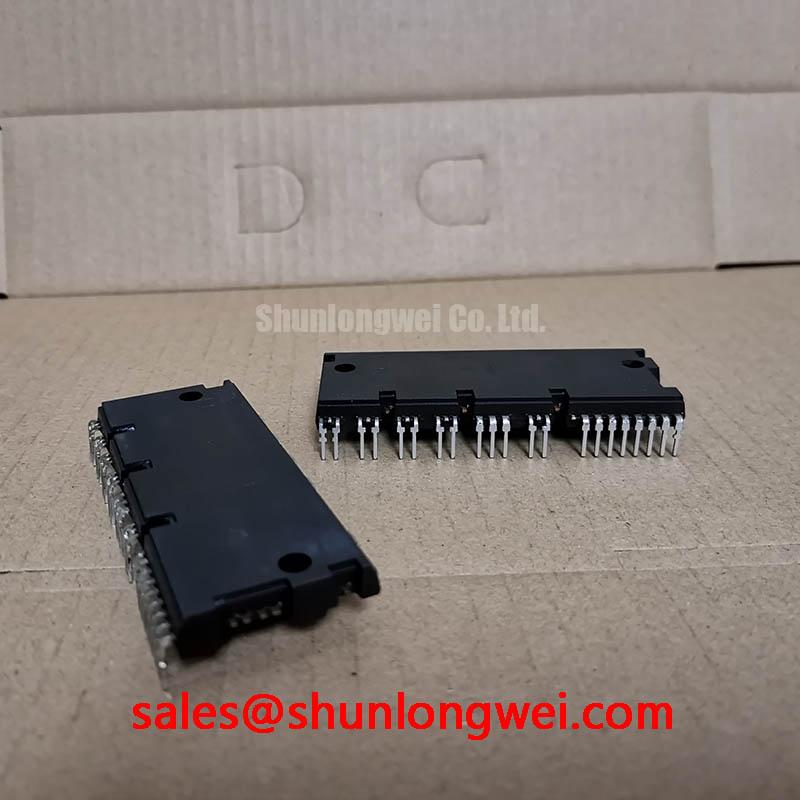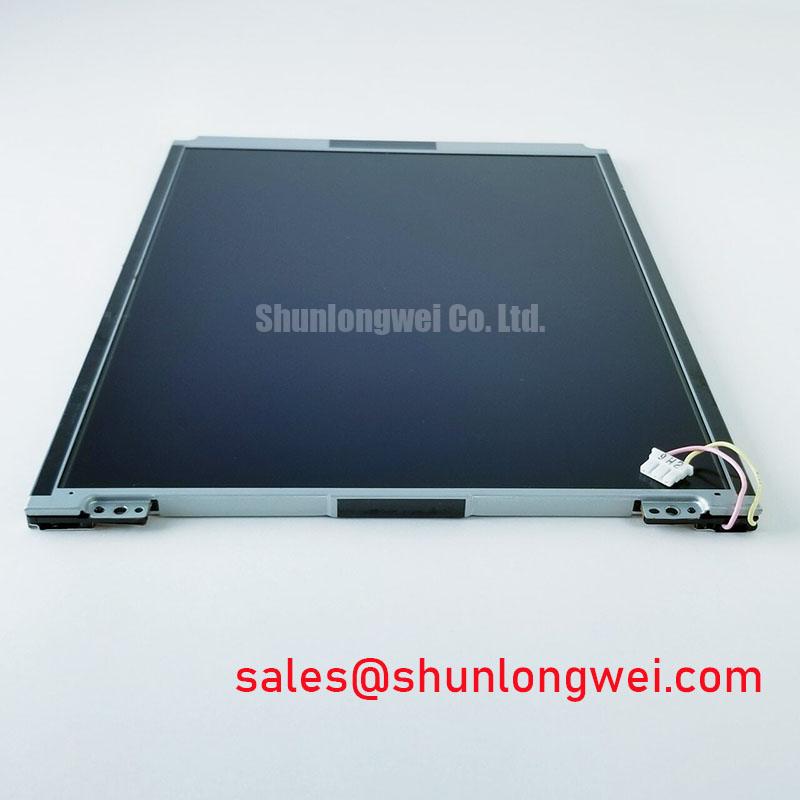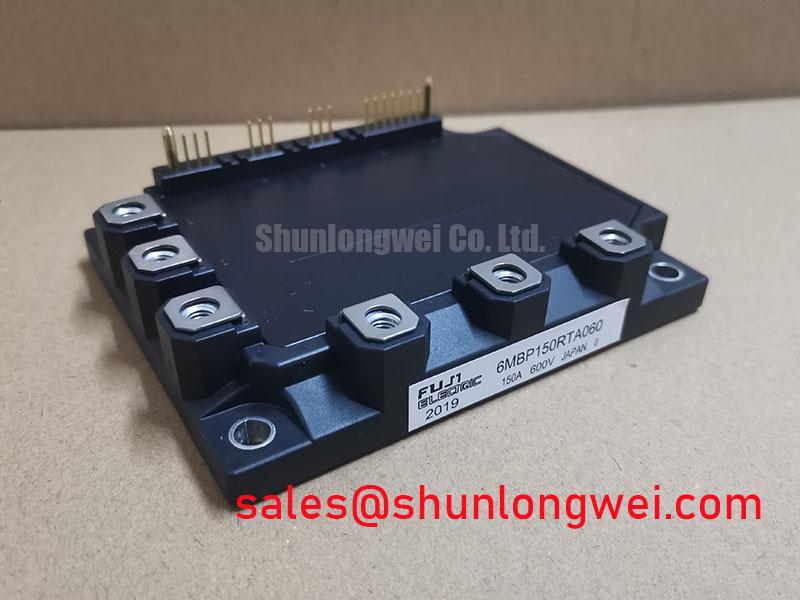PT76S16A Thyristor/Diode Module: 1600V Power Control with Engineered Thermal Reliability
Introduction to the PT76S16A Power Module
High-Voltage Control with a Focus on Thermal Performance and System Safety
The NIEC PT76S16A is a Thyristor/Diode Module engineered to deliver robust power control with superior thermal stability for high-reliability industrial applications. This module integrates a dual thyristor and dual diode configuration, providing a versatile solution for AC controllers and controlled rectifiers. Key specifications include: 1600V | 76A | Rth(j-c) 0.2 K/W. The primary engineering benefits are enhanced system robustness against voltage transients and excellent thermal management. For engineers designing systems for volatile 400V or 480V AC lines, the PT76S16A's high voltage rating provides a critical safety margin, ensuring operational integrity even with significant line fluctuations. What is the benefit of a 1600V rating? It offers a significant safety margin for 480V AC line applications. For industrial power control requiring a balance of high voltage handling and dependable heat dissipation, this 76A module is an optimal choice.
Application Scenarios & Value
Achieving System-Level Reliability in Demanding Industrial Environments
The PT76S16A is designed to be the cornerstone of power control circuits where reliability is not optional. Its robust electrical and thermal characteristics translate directly into system-level benefits, including longer operational life, improved safety, and simplified thermal design. The high 1600V repetitive peak reverse voltage (VRRM) makes it an excellent candidate for equipment connected to industrial grids, which are often subject to voltage spikes and instability. This voltage headroom is critical for preventing device failure and ensuring system uptime.
The module's integrated nature simplifies the power stage assembly, reducing component count and potential wiring errors compared to using four discrete devices. This streamlined approach accelerates manufacturing and enhances the mechanical stability of the final product. Typical application areas where the PT76S16A provides significant value include:
- Industrial Motor Control: Ideal for soft starters and AC motor speed controllers, providing smooth and reliable power regulation.
- Controlled Rectifier Bridges: Enables precise DC voltage control for battery charging systems, power supplies, and DC motor drives.
- High-Power Lighting and Heater Control: Offers efficient phase-angle control for managing power delivered to resistive and inductive loads.
- Static VAR Compensators (SVC): Functions as a reliable switching element in power factor correction and grid stabilization systems.
For systems that demand higher current capacity while maintaining similar voltage characteristics, the PT150S16 may be a relevant component for evaluation.
Key Parameter Overview
Decoding the Specifications for Robust and Reliable Power Design
The performance of the PT76S16A is defined by a set of critical parameters that directly influence its suitability for a given application. Understanding these specifications is the first step in effective system design. Below is a breakdown of the module's key ratings, grouped by function.
| PT76S16A Key Technical Specifications | ||
|---|---|---|
| Parameter Group | Parameter | Value |
| Voltage & Current Ratings | Repetitive Peak Reverse/Off-State Voltage (VRRM / VDRM) | 1600 V |
| Average On-State Current (IT(AV)) | 76 A (at TC=93°C) | |
| RMS On-State Current (IT(RMS)) | 120 A | |
| Thermal Characteristics | Thermal Resistance, Junction to Case (Rth(j-c)) - Thyristor | 0.2 K/W |
| Operating Junction Temperature (Tj) | -40 to +125 °C | |
| Isolation & Mechanical | Isolation Voltage (VISO) | 2500 V (AC, 1 minute) |
| Mounting Torque | 3.5 - 4.5 N·m | |
Technical Deep Dive
Unpacking the Design for Thermal Stability and Electrical Safety
Two specifications in the PT76S16A datasheet are particularly crucial for engineers: the thermal resistance (Rth(j-c)) and the isolation voltage (VISO). The thyristor's low thermal resistance of 0.2 K/W is a direct indicator of its efficient thermal design. Think of thermal resistance like the width of a highway for heat. A lower Rth(j-c) value is a wider highway, allowing heat to escape the semiconductor junction quickly and efficiently, preventing traffic jams—or in this case, overheating. This efficiency allows the module to operate reliably at higher currents or in higher ambient temperatures, potentially enabling designers to use smaller, more cost-effective heatsinks. For a deeper understanding of how to leverage thermal data, see this guide on unlocking thermal performance.
The 2500V isolation voltage is a critical safety feature. It acts as a robust electrical barrier between the high-power terminals and the module's baseplate. This is analogous to a high-voltage retaining wall, preventing catastrophic fault conditions from reaching the grounded heatsink and other system components. This high level of isolation is essential for meeting international safety standards like UL and IEC, and it provides system integrators and field technicians with an added layer of protection. Properly decoding datasheet values like these is key to building resilient systems.
Frequently Asked Questions (FAQ)
What are the primary applications for a 1600V Thyristor/Diode module like the PT76S16A?
Its high voltage rating makes it ideal for industrial applications connected to 400V, 480V, or even higher voltage AC lines. It is primarily used in AC motor soft starters, controlled three-phase rectifiers, industrial heating and welding controls, and static power compensation circuits where robust control over high power is required.
What is the significance of the 2500V isolation voltage?
The 2500V isolation voltage (VISO) ensures a high degree of electrical separation between the live power circuit and the module's metal baseplate, which is typically mounted to a grounded heatsink. This is a critical safety feature that prevents electric shock hazards and protects control electronics from damage during fault events, helping the overall system achieve safety certifications from agencies like UL or TUV.
Strategic Sourcing for Your Power Systems
Ensuring Component Integrity for Long-Term Application Success
Integrating a component like the PT76S16A into a high-power industrial design requires more than just matching specifications; it demands a reliable supply chain and access to authentic components. As a distributor focused on empowering engineering decisions, we provide access to components sourced through verified channels. To evaluate the PT76S16A for your next power control design or to discuss its integration into your system, contact our technical specialists for expert consultation and sourcing information. This ensures your design is built not only on sound engineering principles but also on a foundation of component authenticity and quality.

